Best practices, also known as “practice policies” are defined as “preformed recommendations issued for the purpose of influencing decisions about health interventions.” The term best practice does not itself specify an intended degree of flexibility. Some best practices are intended to be “standards,” with little intended flexibility. Others are intended to serve as “guidelines,” and still others are intended to describe “options.”
Best practices come in many forms. Practice policies established by health care providers or managed care organizations include:
- Care Maps or Critical Paths — describe an intended sequence of medical, nursing, and other interventions by day-of-stay during an inpatient admission for a particular condition.
- Practice Guidelines — describe the appropriate role of medical interventions for particular indications (including formulary and benefits design).
- Credentials — describe the appropriate qualifications of the medical professionals authorized to perform a procedure or service.
- Benefits Design/Technology Assessments — the process of determining under which clinical conditions interventions and medical technologies should be covered by the health plan subscriber contract.
- Disease Management Protocol/Algorithms — describe the intended sequence of a whole array of medical, nursing, and administrative interventions related to the multi-disciplinary, multi-setting management of a particular condition, including any decision logic and process flow information.
A number of methods are used to develop best practices, as described below.
Consensus-based Methods
Consensus-based methods are by far the most common methods to establish best practices. Consensus methods involve a discussion by people who have expertise or who are stakeholders in the policy issue, leading to a near unanimous conclusion about which policy alternative is best. Consensus methods offer the advantages of requiring the minimum amount of effort to develop, and are appropriate for simple practices for which there is little debate. Consensus methods have also been employed for complex algorithms, where the sheer number of distinct policy “nodes” precludes the use of more comprehensive methods. Achieving consensus often requires the creation of ad hoc multi-disciplinary teams to frame the issues, prepare a best practice proposal, take the proposal through various institutional approval processes, solicit input from stakeholders, and prepare and disseminate a final report.
Evidence-based Methods and the Explicit Approach

More rigorous methods of developing best practices include evidence-based methods and the “explicit approach” proposed by David Eddy, MD, PhD. Evidence-based methods involve a formal analysis of the available empirical evidence regarding the effectiveness of the alternative interventions. The explicit approach requires an explicit description of the probabilities or magnitudes of the outcomes associated with the alternative interventions, and a description of the methods used to make these estimates. Such methods are particularly useful when the policy issue involves the resolution of disagreements about the scientific evidence or cost-effectiveness of policy alternatives. These disagreements are resolved by convening evidence-based clinical policy analysis teams to accomplish all of the same tasks as a consensus team, but with three additional tasks: (1) literature review, which involves the formal search and interpretation of relevant published and unpublished studies; (2) meta-analysis, which involves the use of formal quantitative methods for research synthesis and integration, and (3) decision analytic modeling, which is used to calculate estimates of the expected magnitude and uncertainty of health and economic outcomes associated with all relevant policy alternatives. The results of these estimates are summarized on a “balance sheet,” which presents alternative interventions as columns and relevant health and economic outcomes as rows. Finally, the decision-maker faces the task of valuing the health and economic outcomes in order to make the value judgement about which alternative intervention is most desirable.

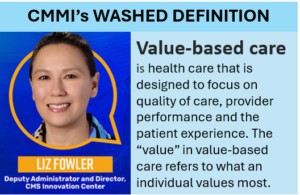
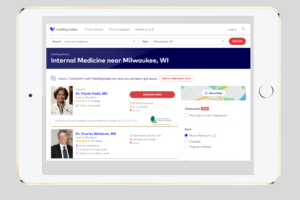

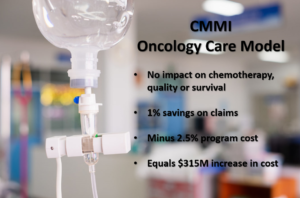

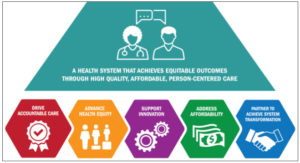




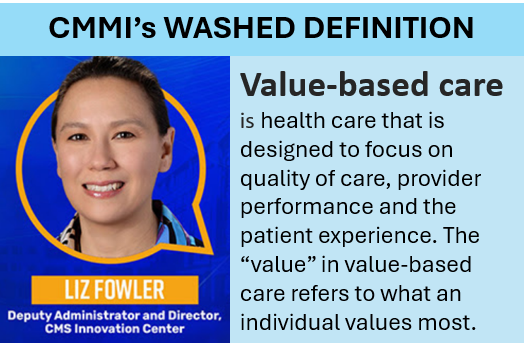
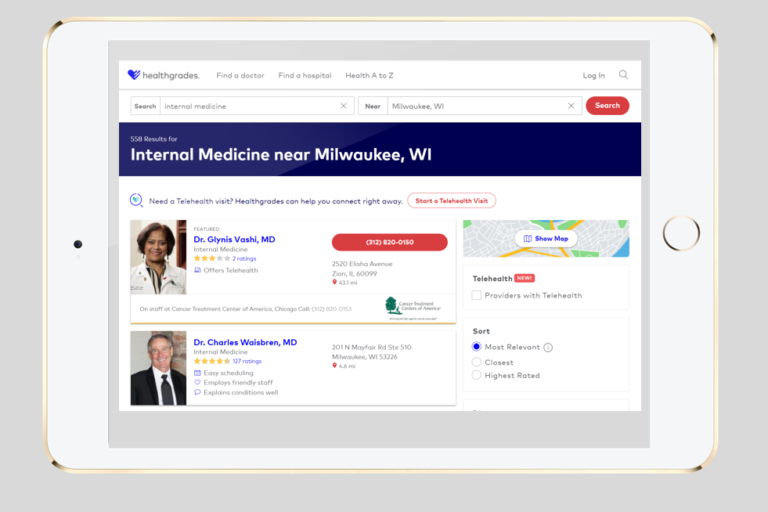

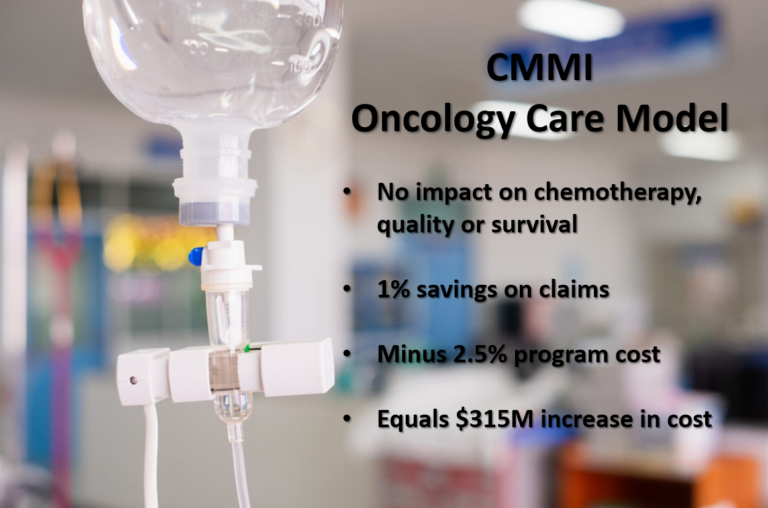

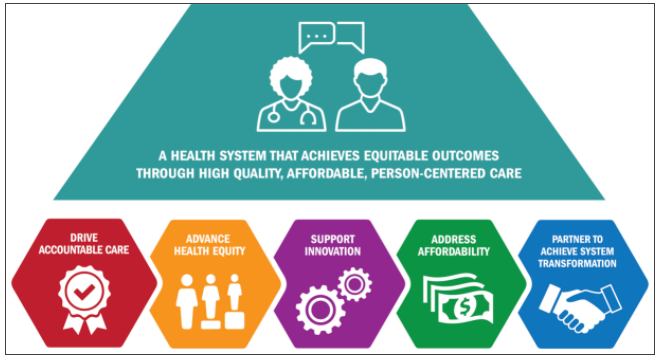
1 thought on “Establishing Best Practices (Practice Guidelines & Protocols)”
Pingback: Coherent COVID-19 vaccine prioritization policy will require bravery and explicit clarification of principles, values, outcomes estimates and assumptions. We offer example principles and propose a six step process. – Reward Health